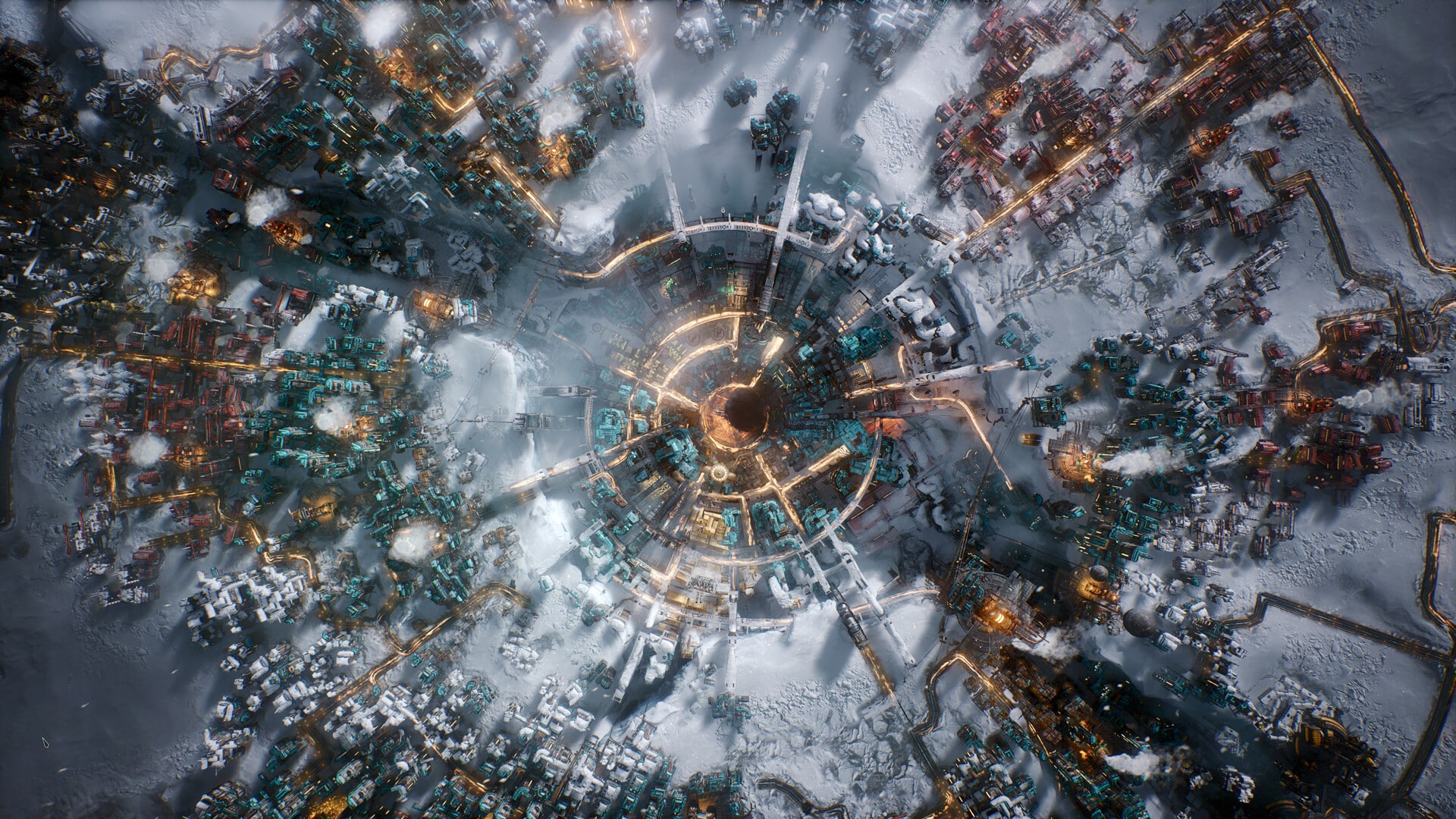How to farm Chia coin: What it is and what you need to start
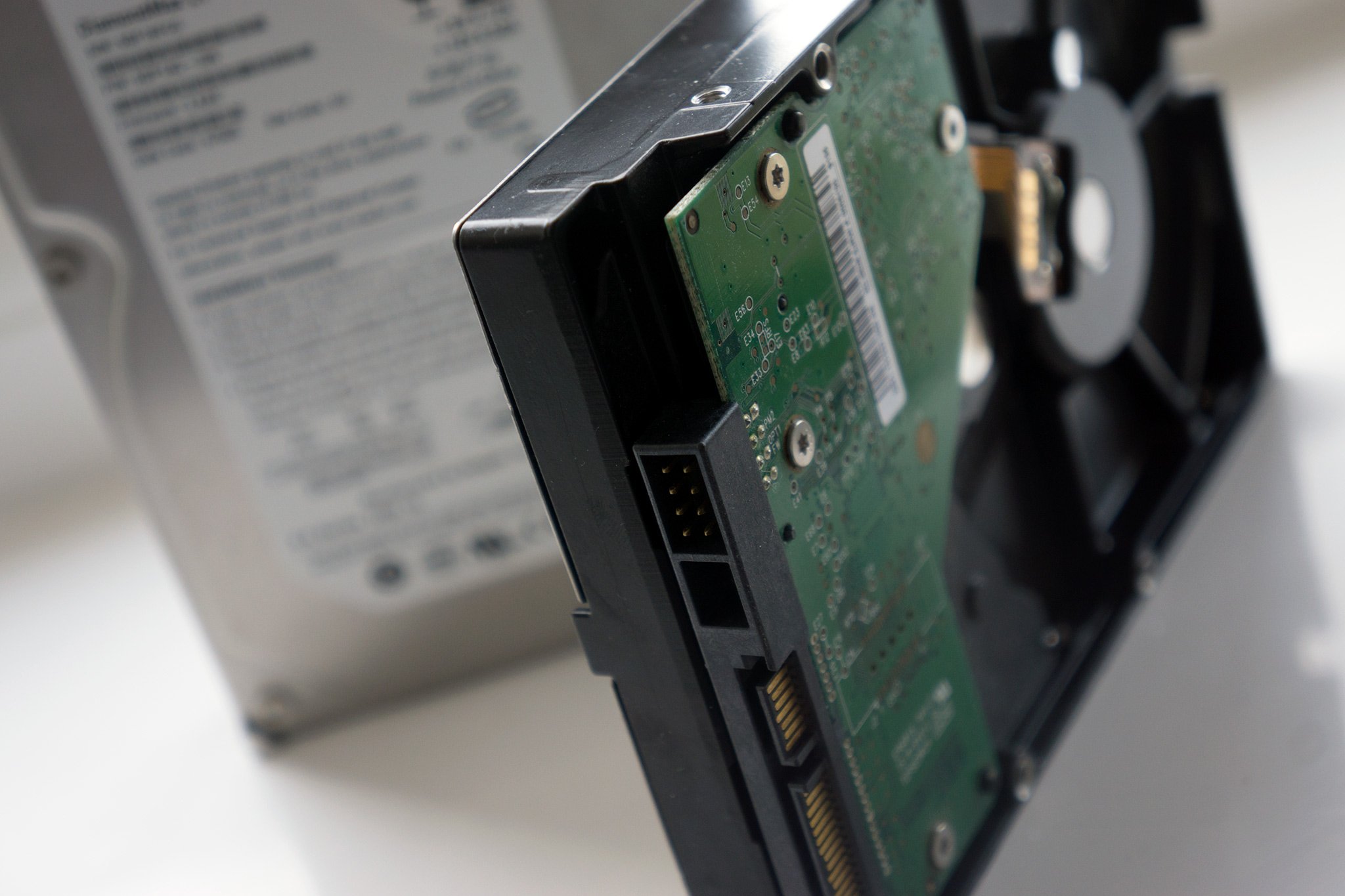
Cryptocurrency is a love and hate relationship with the big coins (Bitcoin and Ethereum) receiving flak for high energy demand and GPU shortages, but the technology of blockchains is still incredible and has a bright future. There are countless other cryptocurrencies, but a new one called Chia could change things with the environment in mind.
What is Chia?
Chia is a new cryptocurrency that, unlike Bitcoin and Ethereum, doesn't use Proof of Work (PoW) for mining new coins. Instead, Chia utilizes what's known as Proof of Space and Time (PoST). Instead of requiring beefy computers or the best graphics cards to solve calculations, Chia requires empty hard drives to "farm" the cryptocurrency with minimal resources.
The blockchain was created by Bram Cohen, one of the founders of BitTorrent and the brain behind the entire concept of peer-to-peer torrents. Proof of Space is a cryptographic technique that requires unused hard disk space to be used with the Proof of Time, which together ensures that block times have consistency in the time between them and increases the overall security of the blockchain.
This is but a simplistic explanation of this particular blockchain technology. I'd highly recommend reading the FAQ on the official website.
How to farm Chia
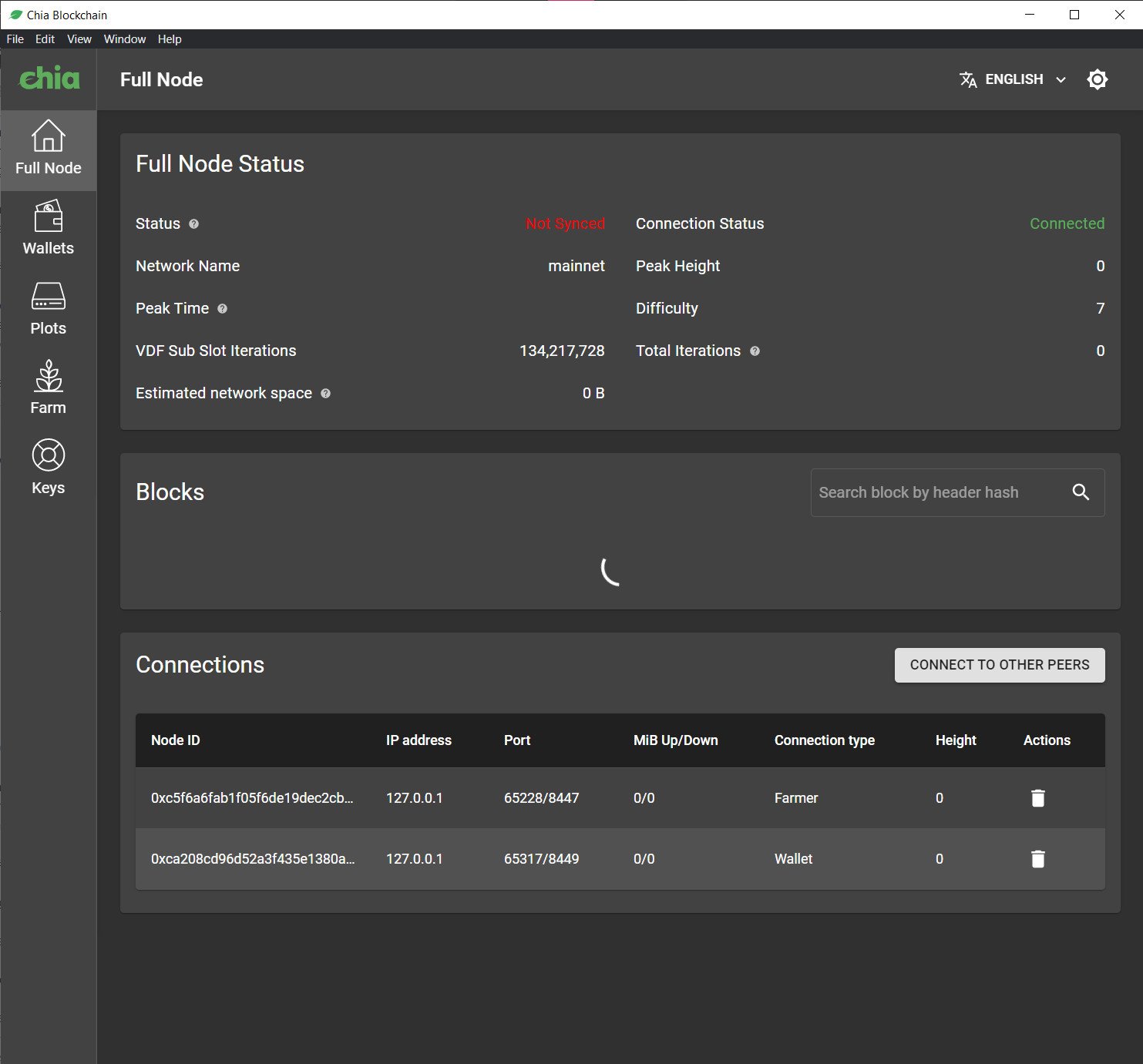
You notice we use the term farm and not mine, which is representative of what we're actually doing here and sets it apart from dirty methods used for Bitcoin. In order to farm Chia, we need to prove (Proof of Space) that we're dedicating storage space to Chia by downloading and installing software to seed unused storage space. A collection of cryptographic numbers will be stored, called "plots."
Instead of miners, we'll be called "farmers." When the blockchain broadcasts a challenge for the next block, farmers will earn a reward if they have a hash that is closest to the challenge in a plot. A farmer's probability of winning a block is the percentage of the total space that a farmer has compared to the entire network. The more plots, the higher the probability.
You can check how much you'll earn farming Chia using this Chia Calculator. To start farming, you'll need a Windows PC with an SSD — macOS and Linux are also supported.
Get the Windows Central Newsletter
All the latest news, reviews, and guides for Windows and Xbox diehards.
- Visit the Chia website.
- Click on "Install Chia Blockchain".
- Scroll down to the Windows version and download the Chia Blockchain for Windows.
- Install and run Chia Blockchain.
- Click on "Create a new private key." (Write down the provided 24-word mnemonic. You'll need this to recover your wallet and Chia.)
- Click on "Plots."
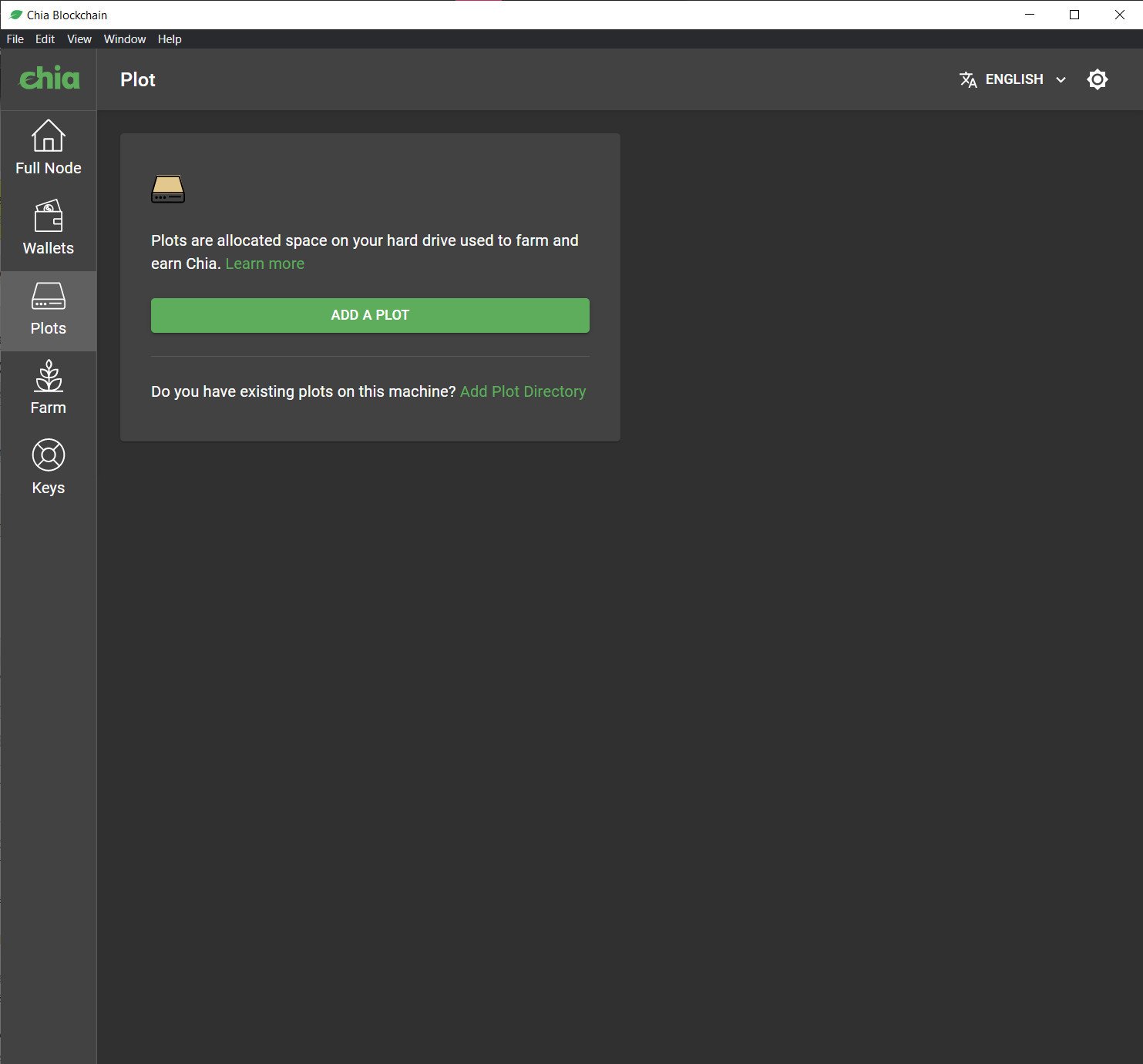
- Click "Add a Plot."
- Fill out the necessary information (k=32 is pretty safe with the below PC build).
- Wait for the plots to be filled in.
- Profit.
The Temporary Directory is where storage is temporarily used to write a plot file. Once this has been written, it's moved to the Final Directory, and the temporary Directory space is freed up for the next plot. The Final Directory is where the plot files come to rest until deleted. These are constantly farmed for new coin rewards until removed from the farm.
Recommended PC builds
A good Chia farm needs all the usual PC parts. The Temporary Directory, which is where your plots will be filled in, will need to be a capable SSD. Using anything less will be slow or likely fail. You can use SSDs or HDDs for the Final Destination plot drives; however, these will need to be considerable in size. I'd go with hard drives unless you have the spare cash for expensive flash storage.
I've put together a build that will serve you well for starting out with Chia farming, but really you can just use your Windows 10 PC.
| Category | Chia farm PC | Price |
|---|---|---|
| Motherboard | ASUS Prime Z490-P | $175 |
| RAM | TEAMGROUP T-Force Vulcan Z DDR4 32GB 3200MHz | $150 |
| CPU | Intel Core i5-11600K | $259 |
| SSD(OS + Temp) | Sabrent Rocket Plus 4 2TB | $400 |
| HDD(Final) | Seagate Exos X10 10TB | $350 |
| PSU | EVGA 500 BA | $35 |
| Case | Corsair Carbide Series SPEC-DELTA | $85 |
| Total | Row 7 - Cell 1 | $1,454 |
So long as you have a decent processor, plenty of RAM, and a very good SSD, you should be good to go with nothing but your gaming PC. Simply buy an expansive set of HDDs and you'll be ready to farm some Chia.
Best HDDs for Chia farming
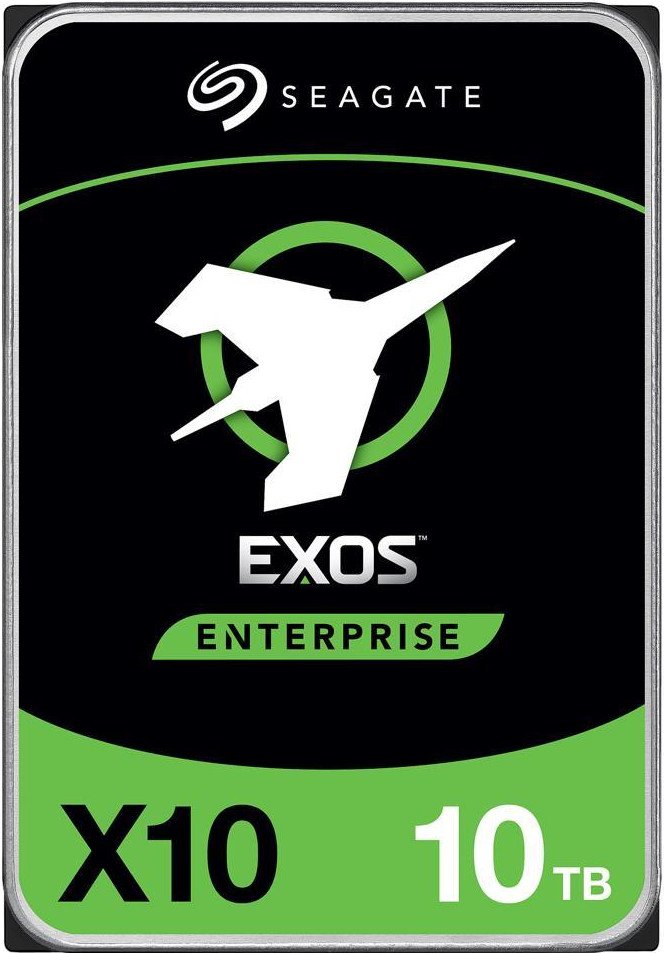
Seagate Exos X10 10TB ($350 at Newegg)
The Exos series from Seagate is the company's enterprise range of hard drives. They're designed with helium inside for better performance and enhanced reliability. The enhanced caching is great for big data applications, including Chia farming. This 10TB drive comes in at $0.04 per GB.
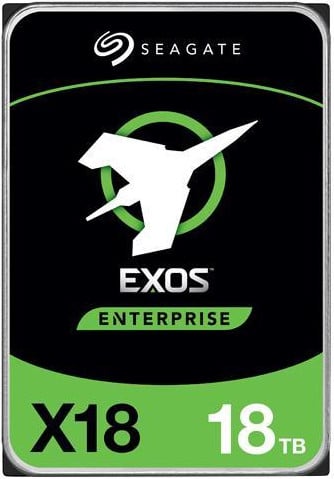
Seagate Exos X18 18TB ($810 at Newegg)
This X18 drive has a higher data transfer rate and is almost double in capacity. It's also got the same helium-based build and has a mean time between failure of 2.5 million hours. Perfect for running a Chia farm. This massive 18TB drive may be pricey upfront, but it costs only $0.05 per GB.
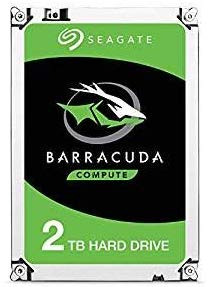
Seagate BarraCuda 8TB ($257 at Newegg)
You can get away with more affordable desktop-class drives, though these aren't really designed to run 24/7. You won't enjoy higher data transfer rates, nor will you have extended protections against wear and tear, but it's a great place to start. This is budget-friendly 8TB HDD costs only $0.03 per GB.

Rich Edmonds was formerly a Senior Editor of PC hardware at Windows Central, covering everything related to PC components and NAS. He's been involved in technology for more than a decade and knows a thing or two about the magic inside a PC chassis. You can follow him on Twitter at @RichEdmonds.
